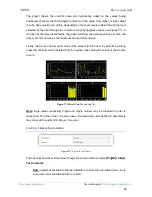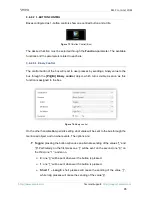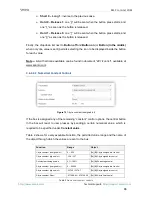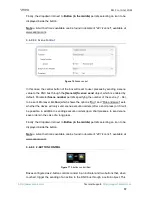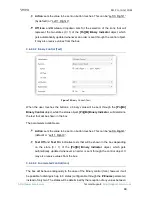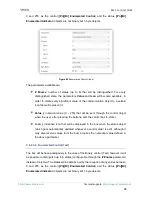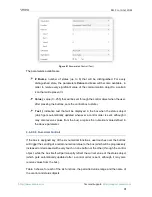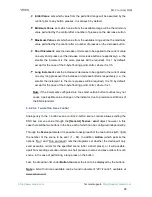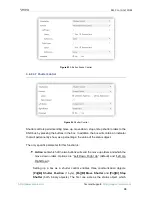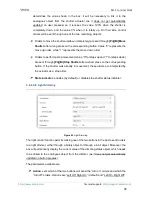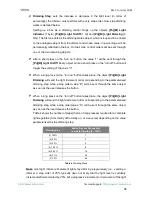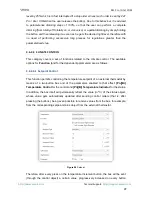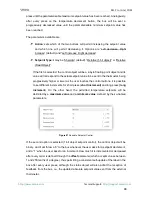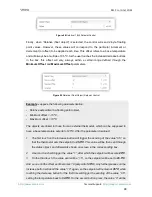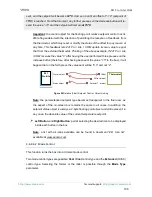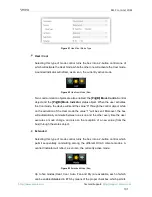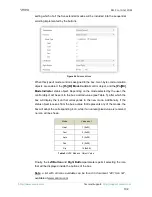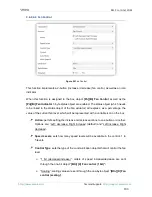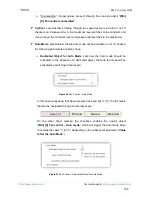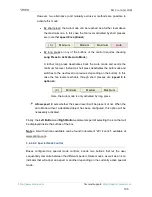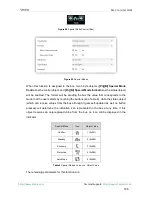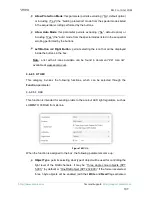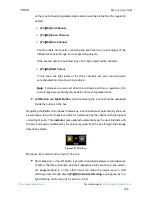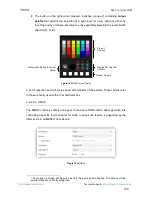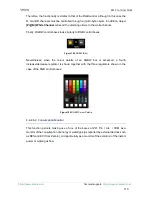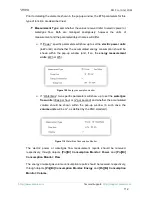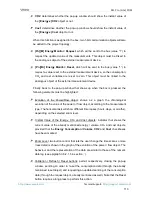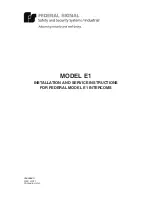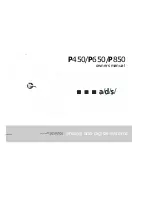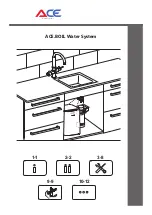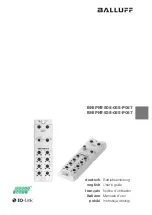
Z41 Pro / Lite / COM
http://www.zennio.com
Tecnical Support:
http://support.zennio.com
98
press until the parameterisable maximum setpoint value has been reached. Analogously,
after every press on the temperature decrement button, the bus will be sent a
progressively decreased value until the parameterisable minimum setpoint value has
been reached.
The parameters available are:
Action
: sets which of the two buttons will permit increasing the setpoint value
and which one will permit decreasing it. Options are
“Left decrease, Right
increase
” (default) and “Left increase, Right decrease”.
Setpoint Type
: it may be
“Absolute” (default), “Relative (1-bit object)” or “Relative
(Float Object)
”.
If the first is selected, the control object will be a 2-byte floating point object and its
value will correspond to the actual setpoint value to be sent to the thermostat, being
progressively higher or lower as the user touches the control buttons. It is possible
to set different increments for short press (
short increment)
and long press
(long
increment
). On the other hand, the permitted temperature setpoints will be
delimited by a
maximum value
and a
minimum value
,
defined by the so-named
parameters.
Figure 87
Absolute Setpoint Control
If the second option is selected (1-bit object setpoint control), the control object will be
binary, and it will throw a
“0” to the bus whenever the user asks for a setpoint decrement,
and a
“1” when the user asks for an increment. How much it is incremented or decreased
after every order is defined through the
offset
parameter (which accepts values between
1 and 255 tenths of a degree), thus permitting a consistent self-update of the label in the
box after every user press, although the status object will also admit the reception of
feedback from the bus, i.e., the updated absolute setpoint value sent from the external
thermostat.

